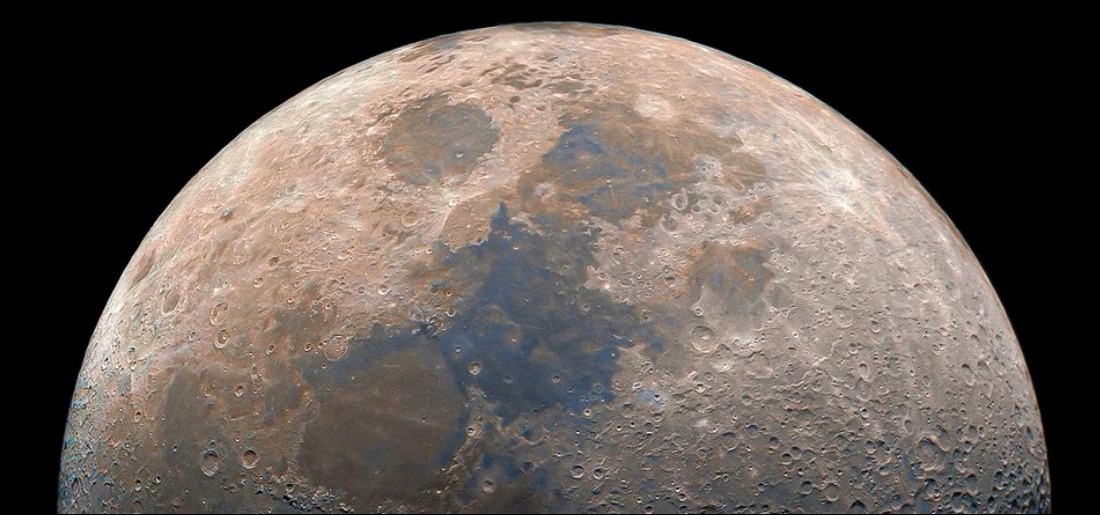

- PROCESSING MOON IN REGISTAX 6 TUTORIAL HOW TO
- PROCESSING MOON IN REGISTAX 6 TUTORIAL MANUAL
- PROCESSING MOON IN REGISTAX 6 TUTORIAL ISO
- PROCESSING MOON IN REGISTAX 6 TUTORIAL WINDOWS
You can crop one image and then synch the rest. Once in Lightroom, crop the images to a 1:1 or 5:4 ratio (whichever you prefer to work with). Once you have all your photos, you’ll want to import them into Lightroom. If you’re on a tripod, you’ll need to adjust every 10 pictures or so. Of the moon.ĭo your best to keep the moon in the same place in frame as it will make life easier once you start editing. Once you have the camera’s settings dialed in, start shooting. Take a few test shots and make sure you have a well-exposed moon without any parts being overexposed.
PROCESSING MOON IN REGISTAX 6 TUTORIAL ISO
A good place to start is around ISO 100, f/8 and 1/200 th of a second. There isn’t a one-size-fits-all settings approach as light will vary depending on the lunar phase. If you are on a tripod, make sure you turn off your vibration reduction on the lens or camera itself.
PROCESSING MOON IN REGISTAX 6 TUTORIAL MANUAL
Your camera’s light meter won’t do you justice here as your camera will most likely overexpose the image as it’s going to see a mostly black sky, leaving you with a glowing white ball with zero detail.īecause of this, you’ll want to shoot in manual mode.
PROCESSING MOON IN REGISTAX 6 TUTORIAL HOW TO
Here’s how to recover details in your landscape photography. Focus stacking is commonly seen in macro and landscape photography. Linux and OSX users are required to use Wine in so far as Registax is only available for Windows.Stacking is more commonly called “focus stacking” and is done to give a photo a greater depth of field.īasically, you’re combining multiple images taken at different focus distances to get the result you want.
PROCESSING MOON IN REGISTAX 6 TUTORIAL WINDOWS
Note : This tutorial is only valid for Windows users. Registax is then used to perform a precise alignment of the cropped picture set, stack everything into a single image, and apply the powerful wavelet filter. This preliminary step allows to reduce the size of the images aligned and stacked later by Registax which will perform faster (and often better).

Ninox is used for a quick preliminary crop of the raw images, with an automatic centering of the brightest object in the frame (here it's the moon).

In the following, the raw moon pictures have been acquired with a SONY SLT-A55 DSLR combined with a SIGMA 120-400 lens and the following settings: The alignment task (before being able to properly stack the images) is mandatory in order to compensate the for relative the motion of the moon in front of the camera between the successive shots. This post-processing task requires having a set of photographs (typically 10 to 100 for the moon) that have been acquired in the same conditions, with the same gears, and the same settings (focal length, f number, exposure time, ISO, white balance). Align and stack multiple moon shots (or planetary shots like Jupiter for example) allows to improve the final image quality (less noise, less deformations).


 0 kommentar(er)
0 kommentar(er)
